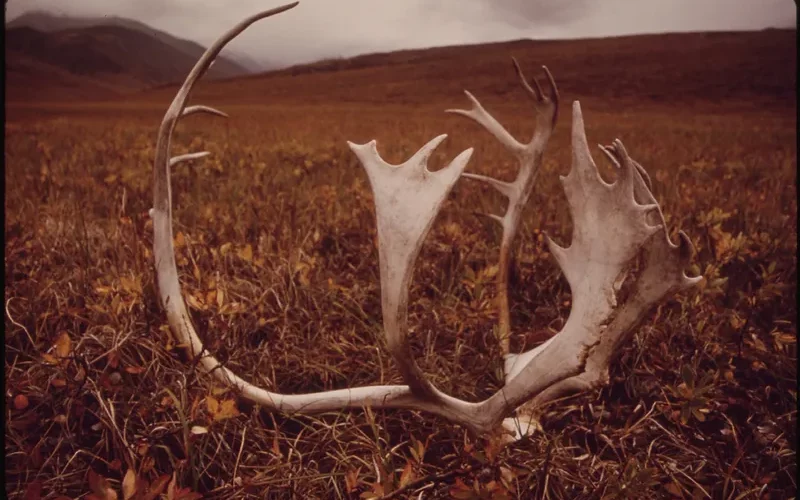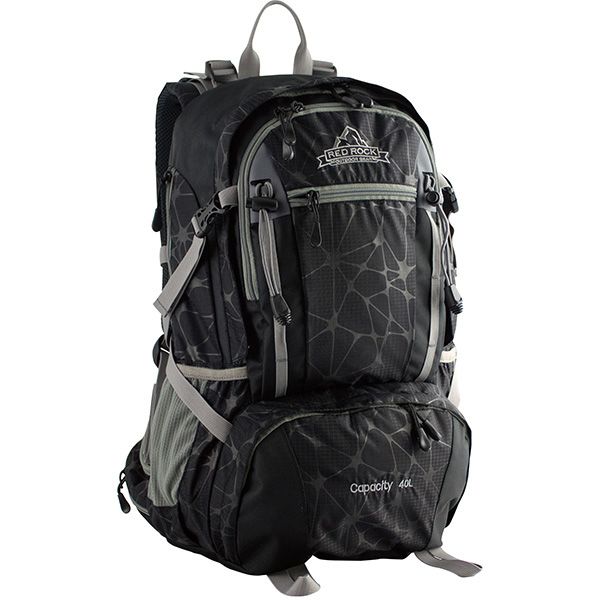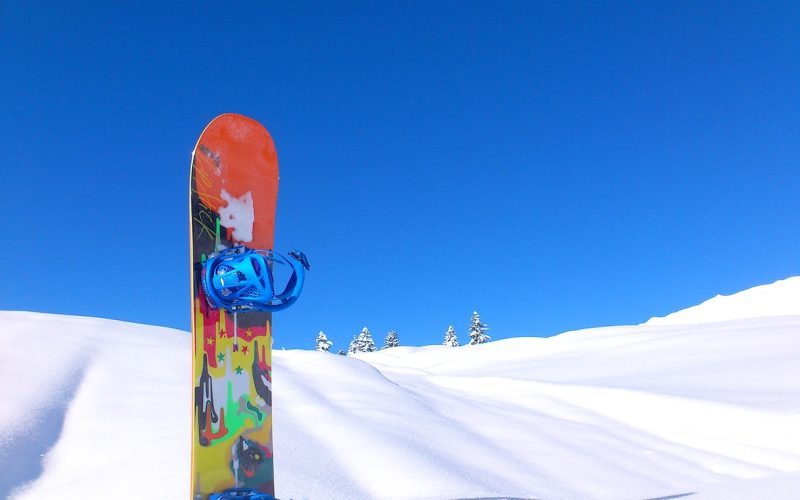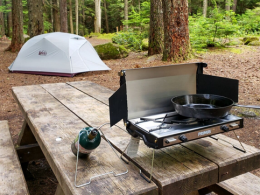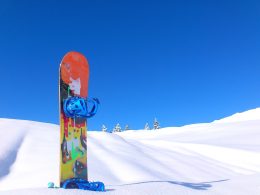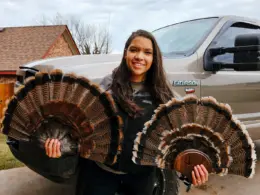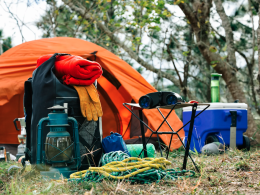After deer season closes and before turkey season starts, outdoorsmen like us are bored out of our minds. For most, that means more time in front of the TV, or more time for doing chores around the house. Although just because we can hunt an animal this time of year, doesn’t mean we can’t hunt something.
Shed hunting is a fun event that you can do after deer season, and other than being a good time, it can serve a few important purposes too. For starters, you get to see a lot of your property while shed hunting, so you get a head start on scouting. This is also a great time to get your kids involved in the outdoors!
However, you have got to shed hunt at the right time of the year, or you might not find anything. You also need to have a good idea of how the deer behave this time of year, so you know where to look for sheds. Then there are a few key pieces of gear you need to have to do it. Let’s look into the specifics!
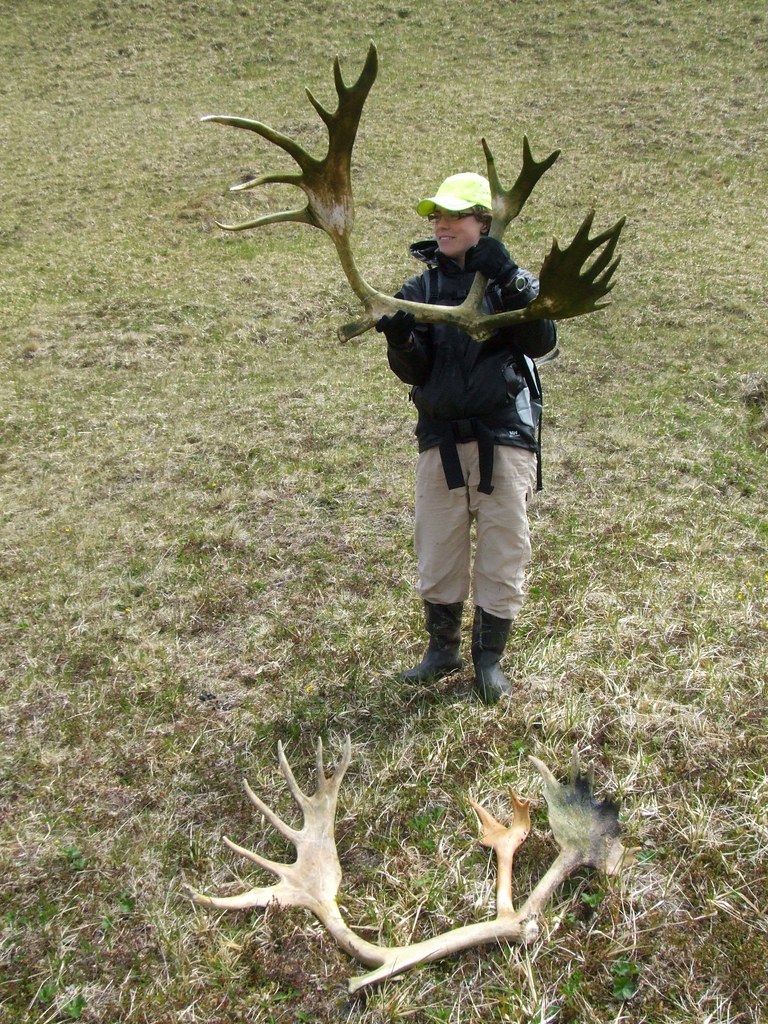
Table of Contents
When to Shed Hunt
Timing is everything with shed hunting. If you go too early, bucks will still be holding their antlers. Plus, if you go stomping around your property you might run them to the neighbors, where they will eventually shed their antlers. Shed hunting is a game of patience.
Some bucks can drop their antlers as early as January, but that isn’t normal. If a buck drops their antlers that early, it is usually a consequence of a high stress rut, and not enough nutrition. Most bucks will drop their antlers by the end of February or early March.
If you plan on shed hunting on private property, you can afford to wait a while to go shed hunting. Usually, a good time to go for those properties is early March. By then, all of your bucks have dropped their antlers, and most of the snow has melted for you northern hunters. So going in March will give you the best chance of finding a large number of sheds.
Although if you are going shed hunting on public land, it’s a different ball game. Just like everything else on public land, shed hunting is competitive. Some guys are going to go out there in January looking for sheds, just so they are the first ones there. If you want to get out there that early, go for it, but don’t be surprised if you don’t find a ton of sheds. If I were to go shed hunting on public land, I would go early to mid February.
The Right Weather
The right weather can also help you find more sheds! Generally, sheds are light brown, and white if they have been in the woods a while. Well, while they are light brown, which the sheds from this year will be, they blend right in with every other brown thing in the woods. So spotting sheds can be a challenge.
I don’t know if you want to call it a trick or patience, but the best weather to go shed hunting in is after a rainy day, or during a gloomy overcast day. Of course, you don’t want to be out there while it is raining. Although those kinds of days make things darker, and make colors contrast more. So those light brown antlers start to stick out a lot more than the sticks and leaves around them.
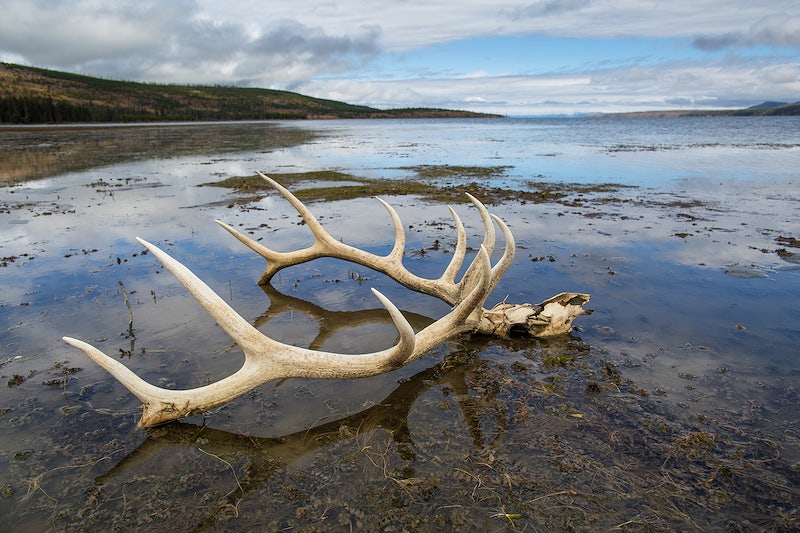
This is especially important if you are going to shed hunt ag fields. Finding sheds in rows of corn stalks is tough, but the contrast of a gloomy day makes it easier. That’s not to say that you can’t find plenty of sheds on a nice sunny day, so if that’s the weather when you have the time to go, by all means, go for it.
Deer Behavior This Time of Year
While you are out shed hunting, you do not want to be wandering aimlessly around the property. Ideally, you start with the spots that we expect there to be the most amount of sheds, and start looking on the fringes once you cover the hotspots.
There are some physical areas where we double check for sheds, and I will clover those in a moment, but the odds are that you will find the most sheds where deer spend the most time. So understanding deer movement during this time of the year is vital.
In the late winter months and up through most of summer, deer are focused on one thing, food. During January and February, there are not a ton of highly nutritional things left for deer to eat. So they are eating everything and anything they can find in an attempt to recover from the physically intensive rut.
Long story short, if you want to find a good amount of sheds during this time of year, you have got to find the food.
Although, this isn’t going to be like the early hunting season. “The food” isn’t going to be an white oak patch or a corn field. Those things have stopped producing mast and what they did produce has been eaten already. The food deer have left now is going to be woody browse. Woody browse can be classified as leaves, berries, saplings, bulbs, or buds. Basically any small woody plant that produces some green leaf or bud is on the menu.
There are a variety of habitat management processes you can do to increase woody browse, but you would have needed to do that much earlier in the year. Likewise, you can plant a winter crop for whitetail. This is great for your deer herd in general, but an applicable side effect is that deer will spend more time there in the winter, which makes it more likely to produce sheds.
Spots to Double Check for Sheds
Besides checking the places that deer are most likely to be feeding, there are a couple of other places you want to double check. Any place where a deer might exert a little extra energy, or jostle themselves, is a place that has potential to knock some sheds loose.
One of the most common places a lot of hunters find sheds is a creek bed. The higher the bank, the better, as long as deer still cross it. The physical action of going down and climbing that creek bank is often enough to knock a shed or two loose.

Fence lines are another place you should look. If you don’t have a ton of fence openings, deer will jump them. Usually, they will pick the easiest part of the fence to go over or under. This could be a low point caused by a falling limb or who knows what else. Sometimes deer just jump any part of the fence if they are moving from something. So you want to make sure you walk your fence lines. This is a good way to check up on your fence for the year, and hopefully you find a few sheds while you’re at it.
The next place you are going to want to look are the most popular trails. Odds are, you already know where these are and you hang your stands around a few of them. Well, deer use them year round to go from food to bedding, so you are going to want to walk those trails. This is a good chance to look for rubs and scrapes from earlier in the year, and get a good idea of where to hang a stand next year.
The Gear You’ll Need
Now that you know when and where to shed hunt, you need the right gear to do it! Thankfully, you don’t need a ton of gear to go shed hunting. Actually you don’t NEED anything but a comfortable pair of boots. Although there are some nice to have pieces of gear that could make your time shed hunting a bit more enjoyable.
As I mentioned, the first bit of gear you need is a comfortable pair of boots. The phrase “miles makes piles” is the motto of shed hunting. The more walking and looking you do, the more sheds you find. If you go shed hunting in uncomfortable shoes, you won’t make it far. If you go with a regular shoe instead of hunting boots, make sure they have good ankle support, hiking boots would be ideal.
The next thing you are going to need is something to put all those sheds you find in! Obviously, this means you need a backpack. While you could put the sheds in your pack, we usually strap them to the outside of the pack. If you want to do that, you will need a backpack with external straps. The elastic bungee cord like bands are the best.
You should also bring a pack of zip ties to tie sheds together, and further secure them to your pack. If you manage to find a real small shed, you might be better off putting that one in the pack so it doesn’t fall out of the cluster of mature sheds you find. While I am trying to be a little optimistic by saying you will have a bundle of mature sheds, the fact is that you are more likely to find mature sheds because they are bigger, and therefore easier to see. The NDA did a study showing this on a high fence property, so I’m not just blowing smoke!
Next, you might want a pair of binoculars. While you need to cover a lot of ground shed hunting, the farther you can see, the less you need to walk. If you have a field that deer frequent, you could cover the majority of it with your binos from one spot. That sounds a lot better than walking all of it to me. Although I would also mention that you don’t need to go buy expensive binoculars for shed hunting. You likely won’t be looking much farther than 50 or 100 yards. So if you don’t already have binos, I wouldn’t spend more than 100 bucks on a pair just for shed hunting.
The last thing you will want to bring is arguably the most important, snacks! Before you head out, put a few granola bars or little debbies in your backpack, along with a bottle of water or two. You can’t let your stomach be an excuse for cutting out of the woods early!
That is about it! You only need a few key pieces of gear to go shed hunting. You can always bring your dog or your child shed hunting with you if you want to make it a little more fun, and you might find more sheds too. Make sure to wait until most of the deer have dropped their antlers before you go, and check the places that deer spend the most time first. Other than that, there isn’t a whole lot to shed hunting. Just have fun and get ready for the next hunting season.

